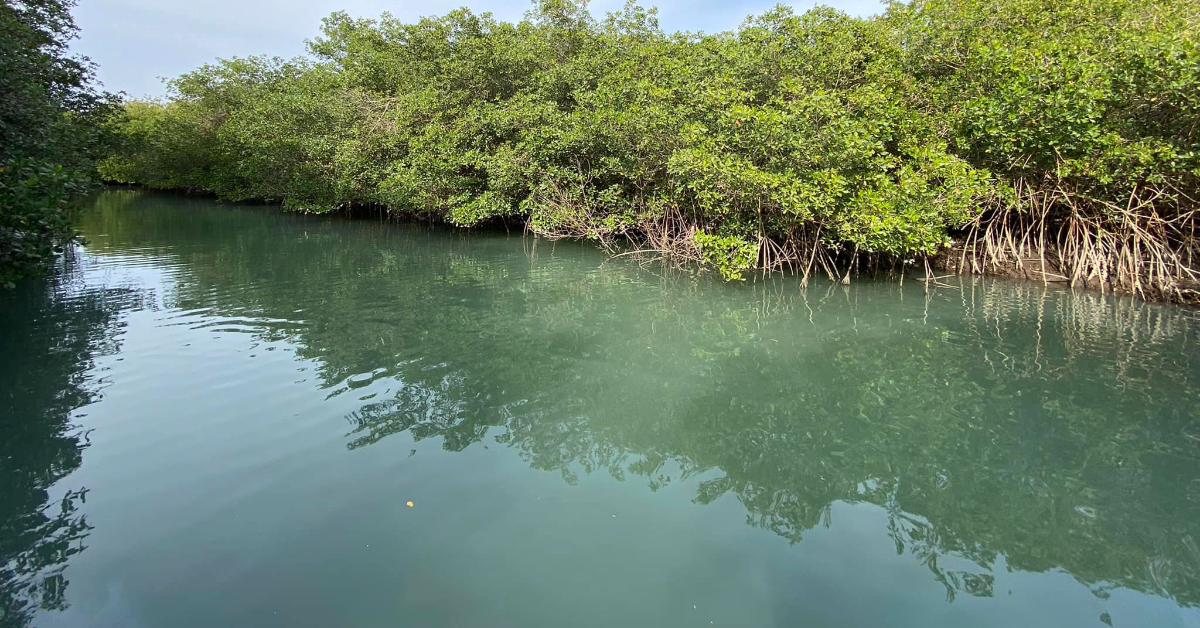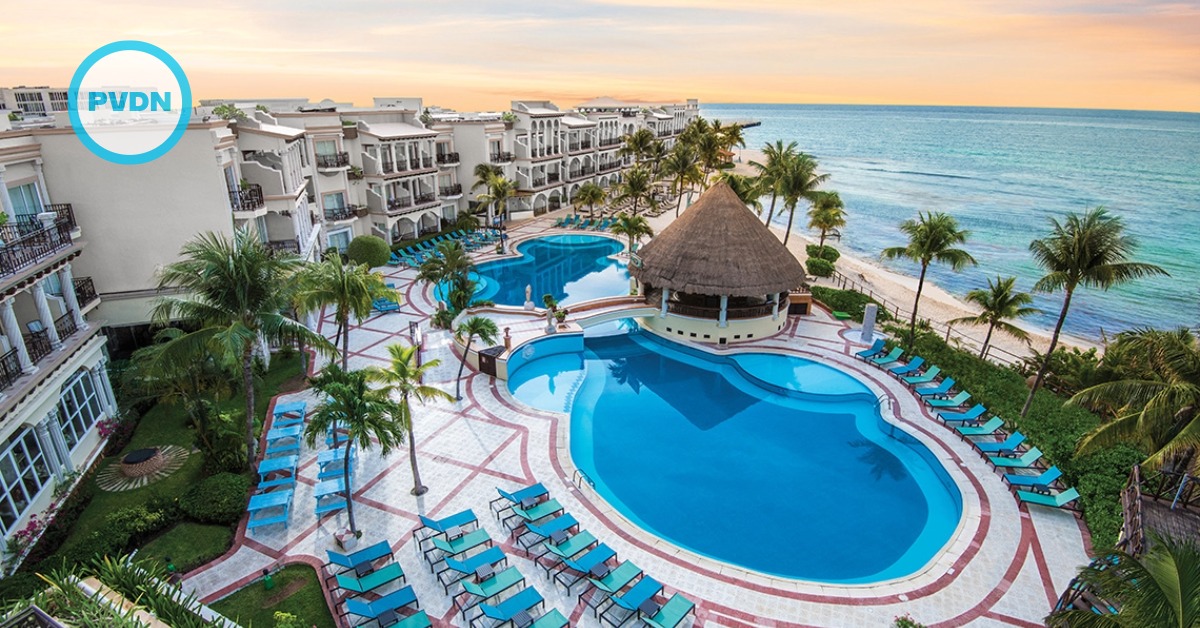PUERTO VALLARTA (PVDN) - Following an extensive renovation, the El Salado estuary in Puerto Vallarta has transformed into an awe-inspiring tourist spot. It is the only urban estuary in Mexico to have a permanent mouth that connects to the ocean, making it a pivotal ecosystem for Puerto Vallarta.
The estuary is a treasure trove of biodiversity, housing three species of mangroves, marshes, and remnants of medium-sized sub-deciduous forests. More than 134 bird species, 46 plant species, 29 mammals, and 29 amphibian and reptile species have found refuge here.
Designated as an Ecological Conservation . . .





